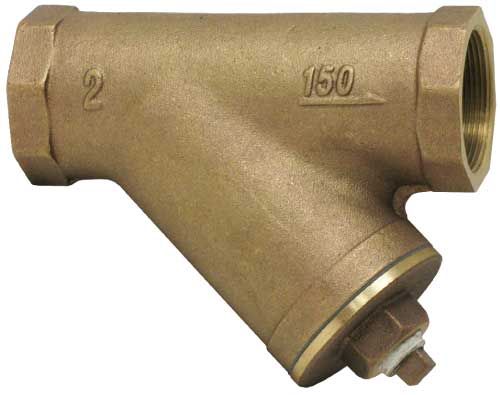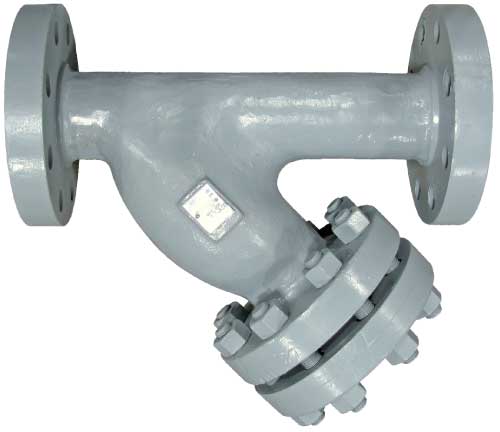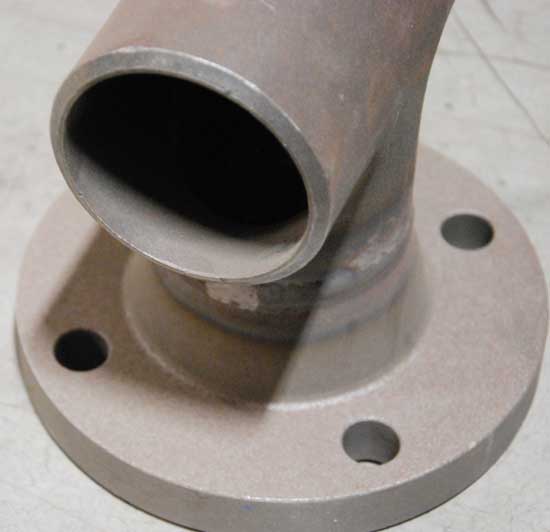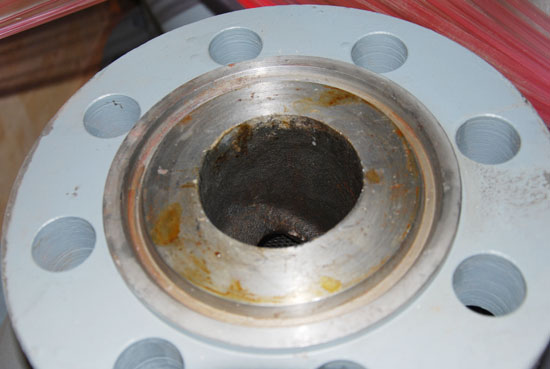As we continue with our regular discussions of strainer basics, we will review strainer end connections which can come in four main types. Iron strainers tend to be furnished either with flanged or threaded end connections. Bronze, steel, and stainless steel strainers are available with any of the 4 main end connections.
1) Threaded
Threaded strainers will usually come with a female pipe thread although male connections are available. This Cast Simplex Strainer has a female NPT thread.

2) Flanged
The ASME (American Society of Mechanical Engineers) and MSS (Manufacturer’s Standardization Society – click here for more info http://msshq.org/ ) has standard rating classes for the flanges used on strainers. These are Classes 25, 125, 150, 250, 300, 400, 600, 900, 1500 and 2500. Some flanges have ring type joints, either male or female. Tongue and groove joints are also available. The United States Navy has some flange standards that are different from the common commercial brands.
Here is a Cast Y Strainer (YF900) with a Class 900 Flange.

3) Weld Ends
Butt weld end connections refer to strainers which will be welded in place by the end user. There are forms of end preparations but the standard 37.5° beveled end is the most common. The various types of weld joint preparations that available are illustrated in ASME B16.25.
https://www.asme.org/products/codes-standards/b1625-2017-buttwelding-ends
The purchaser must specify the bore of pipe being used so that the manufacturer can match the bore in the strainer. It is difficult to hydrostatically test butt weld strainers before they are welded in place in the field.

Socket weld end strainers are available in sizes up to 3”. If you are considering any type of weld end strainer, consider whether a welded blowdown connection may be beneficial.
4) Special Ends
Many strainers are available with grooved ends. The manufacturer should be supplied with detail of this required end. Other special ends such as union ends and O-ring ends are available but in most instances these would be special orders and complete details should be supplied to the manufacturer.
This is a Ring Type Joint (RTJ) raised gasket face.

Certain other types of small strainers and most Y strainers are designed according to the fitting standards for full pressure ratings and therefore can be subjected to higher working pressures at lower temperatures. It should be clearly understood however, that many smaller strainers and most larger types of strainers are designed for the working pressure that is requested and should NOT be operated above this pressure. If there is any question consult with the manufacturer. At Sure Flow contact our Engineering & Design Manager Justin LeBlanc.
It is important to note the pressure rating of the vessel is not the necessarily the same as the flange rating. A fabricated carbon steel strainer, for example, may be operated at 40 psig at 500°F, designed for 100 psig at 650°F, and have ASME Class 150 flanges. Even though the flange is rated for 170 psig at 500°F, the maximum safe pressure at any temperature (650°F and below) for this vessel is 100 psig.
At the time of initial design, it is important to specify working temperature, working pressure, design temperature, design pressure, any corrosion allowance, required flange rating and any operating conditions affecting vessel loading.
Sure Flow would be happy to assist you at any point in your design to help with selection of the optimal end connections and with any other element of your design.

